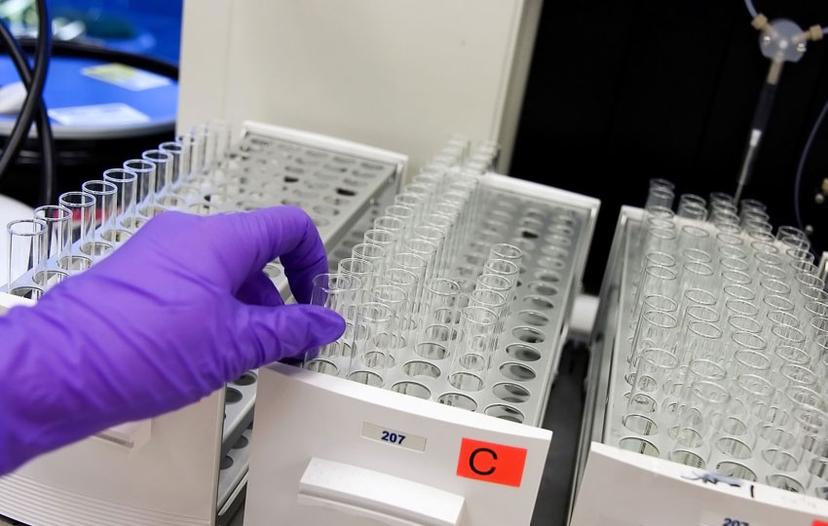Webinar Highlights: Avoiding "Poor" Pore Selection
Read the Q&A highlights of our recent webinar on the importance of column pore and particle architecture for biomacromolecule UHPLC separations
27 Jun 2017


Cory E. Muraco Senior R&D Scientist, Analytical Biomacromolecule Separations, MilliporeSigma
In this free webinar, Cory E. Muraco, Senior R&D Scientist, Analytical Biomacromolecule Separations, MilliporeSigma, describes the implications of column pore size on biomacromolecule UHPLC separations. Choosing the optimal particle and pore size combination has many chromatographic advantages and Cory provides example applications to illustrate the importance of utilizing the correct particle for reversed phase and size exclusion separations.
Watch the webinar on-demand or read on for the highlights from the Q&A session.
Q: Does flow rate have any effect on size exclusion chromatography separations?
CM: Yes. It is very important to monitor flow rate in size exclusion chromatography (SEC) and it will vary depending on the type of molecule you are looking at. With lower molecular weight species, what you’ll typically see is that a higher flow rate usually improves sensitivity, but with higher molecular weight species, because of the slower diffusion and kinetics of these molecules going in and out of the pores, there tends to be some diffusion restrictions. To overcome this, you need to use a lower flow rate to maximize the slower diffusion of larger molecules into the pores.
Q: How does the salt concentration in the mobile phase affect SEC Separations?
CM: Salt concentration plays an important role and, with a lot of larger molecule separations, we typically run at around 100-150 mM salt concentration. This is to ensure that we do not have any interactions between the active silanols of the stationary phase of the SEC column and the analytes of interest, which would result in tailing peaks. One downfall of using a high salt solution is that it limits you to UV detection. Mass spectrometers typically are not compatible with high salt solutions because they corrupt the source, especially with ESI-MS. However, there is a push in the scientific community in developing methods using volatile salts for SEC. This would enable you to do online SEC-MS, minimizing the amount of off-line fraction collection that you would have to do.
Q: The concept of narrow particle size distribution (PSD) and totally porous particles (TPP) has not been picked up by other column manufacturers – why?
CM: One thing, and this is speculation on my part, that I think could be agreed upon by a lot of suppliers is that it’s tricky to create very narrow particle or pore size distributions. I’m mostly a chromatographer and a method developer so I’m not heavily involved in the synthesis of the particles for the chromatography columns, but, from what I’ve read, there are a lot of difficulties and challenges in creating very narrow particle size distributions. The reagents, the temperature used in calcification, and the different steps required in etching these pores, require a lot of complex mechanisms and chemistry that I don’t think the industry, as a whole, has a tight enough understanding of. I think that once we have optimized a lot of these different parameters, we will be seeing a lot of column companies incorporating narrower pore size and particle size distributions in column technologies. I would say that it is one of the next areas for a renaissance, especially in reversed phase separations.
Q: Do interactions between stationery phase and the analyte occur in SEC and, if so, how do you minimize those interactions?
CM: Yes, there can be interactions between the stationary phase and the analytes of interest, especially with proteins and with silica-based SEC columns, in particular. Silica particles contain free silanol species on them, which are very hydrophilic, and so will interact with hydrophilic parts of the analyte of interest. When this happens, you will start to see extensive tailing of the analytes. If you have a lot of tailing, your molecular weight calibration curve will become skewed, causing you to report inaccurate molecular weights for your analyte of interest. In addition, resolution between critical pairs of analytes will be reduced, thus preventing accurate quantitation of what is in your sample. This can be minimized by incorporating salt into your mobile phase. You will have to double-check with your column manufacturer, but increasing the temperature that you run your SEC method at, as long as your analytes aren’t affected by that temperature increase, may also minimize these interactions.
Watch the full webinar on-demand, or learn more about MilliporeSigma UHPLC columns.
Do you use any UHPLC in your research? Write a review today for your chance to win an Amazon voucher worth $400 or an iPad.
